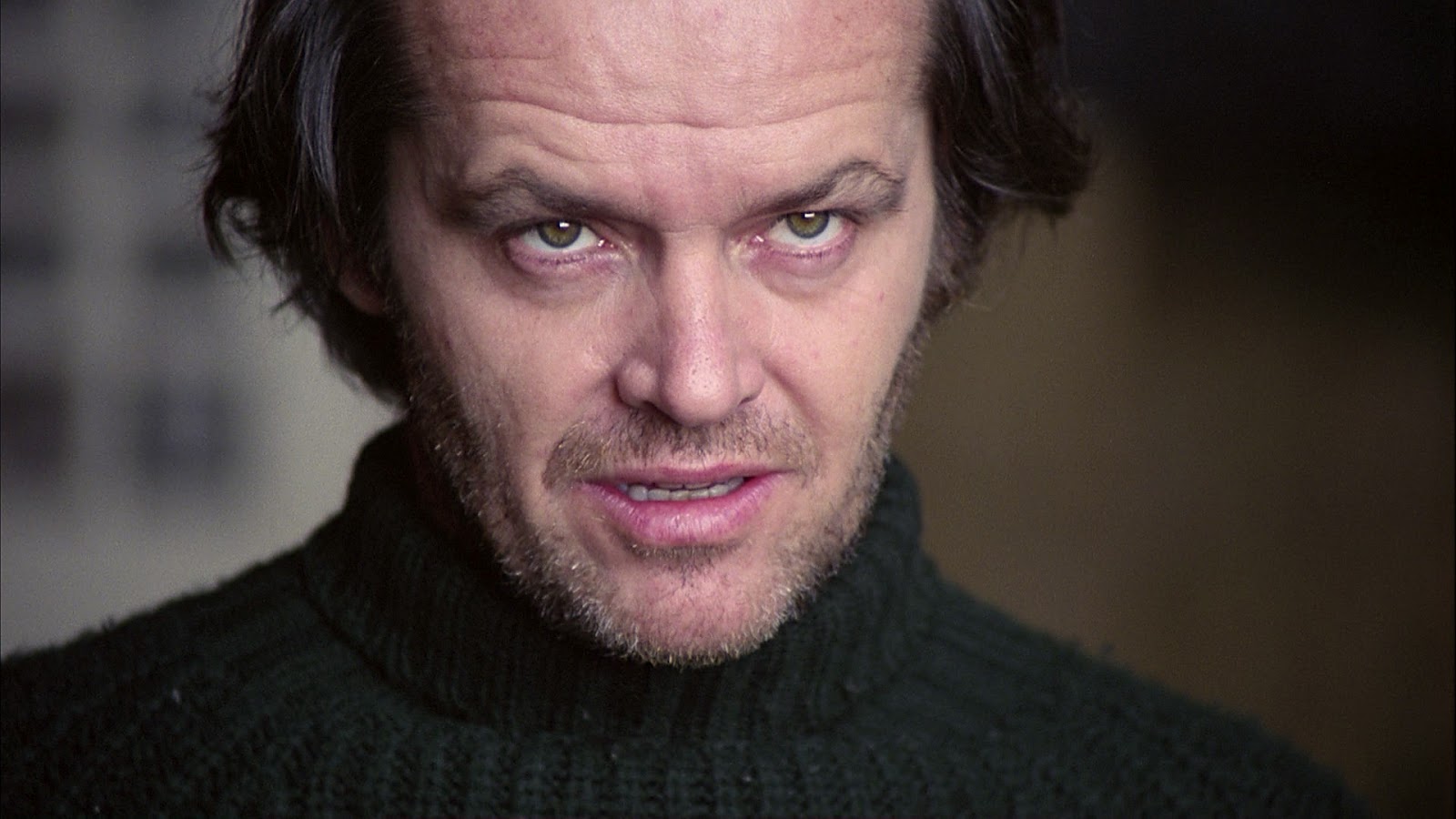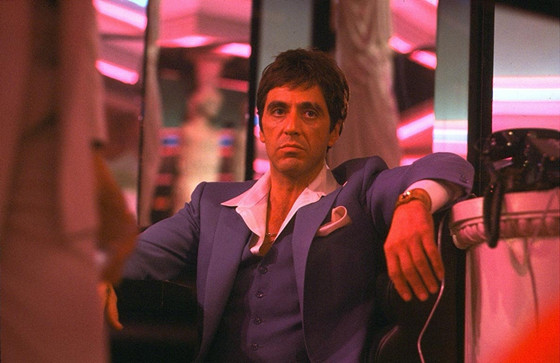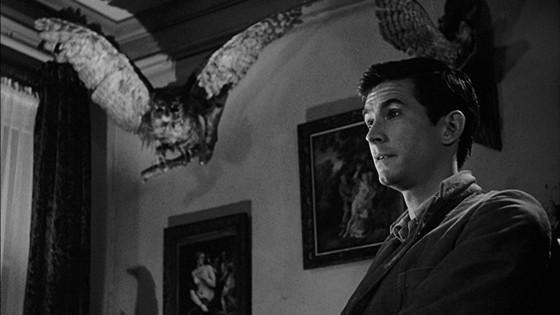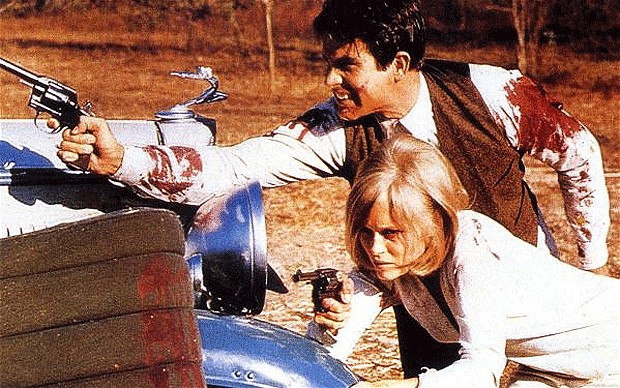5. The Shining

Starting from a certain point of his career, Stanley Kubrick began to take many years in between projects, and consistently changed genre. This explains why audiences and critics were usually taken by surprise by his new projects, and Shining was no exception. The film was Kubrick’s first attempt at the horror genre, and has he was used to do he adapted it from a novel (as he did with Barry Lyndon, A Clockwork Orange and many others).
Stephen King famously disliked this adaptation, and was pretty vocal about it. The critical reception leaned towards the negative as well. Many did not appreciate Kubrick’s peculiar take on the story, and found it off-putting. Meanwhile, audiences proved to be enthusiastic about it, or at least fascinated. The Shining’s box-office success (even if it was not immediate) proved that the public had figured out how impressive the picture was.
4. Mother!

Mother! is only one of the many controversial films by Darren Aronofsky. Almost all of his pictures have received strong attacks from different groups of people, and have stirred controversy. For this reason the polarized reception of Mother! was not a surprise at all, but by analyzing its phenomenon one could easily recognize how most of the critics praised it, while the audience did not appreciate it at all.
There was a controversy surrounding the CinemaScore grade of the film (F), and even if this kind of site (anther could be Rotten Tomatoes) is less than reliable, it is important to note that the public actually did not receive the film well. Aronofsky likes to tell that this was a “punk movie” and was supposed to be a punch in the gut.
Perhaps the reviewers felt in awe towards the film’s ambitious imagery, but the public was actually right on this one: Mother! is a failure of a movie and falls on its own pretentiousness. It is easy to sell the movie as a gutsy experiment, as Aronofsky did, but it does not change the fact that this experiment works only during the most shocking sequence of the movie, and their effect is easily over-shadowed by the lack of originality of the rest of the movie.
As time passes, it becomes more and more clear that the audience was right in dismissing this failed movie, and the critics were praising the movie’s intentions but not the result.
3. Scarface

Scarface is one of the most widely known and referenced movies from the ’80s. It can be said to have started a cult movement (mainly based on ubiquitous posters of the film), and it has always had a great deal of appreciation from the public.
This could lead many to forget how badly it was received by the critics when it first came out. It was treated as an over-blown b-movie, and a gigantic miss from the uneven Brian De Palma. This could be explained by the fact that Scarface is a demanding watch.
It is not easy to go through all the steps of Tony Montana’s criminal career through increasingly absurd sets and situations. Yet the film’s esthetic, which was dismissed by the reviewers, is what makes it worthy of praise.
The exaggerated Scarface captures the over-the-top lifestyle of the protagonist, and if at a certain point it nauseates the viewer it is simply because such a life is supposed to be nauseating. Eventually, most critics changed their opinions on the film and followed the public.
2. Psycho

Out of Alfred Hitchcock’s enormous filmography, which one is the most famous? The answer probably changes every twenty years or so, as the cultural landscape mutates and certain films become more known than others. Right now, Psycho probably gets the first spot. Just think about how wide its influence has become through the years: sequels, remakes, parodies and even a tv show based on it have been released, cementing its place in the shared culture.
Its relevance in the history of cinema is now undisputed: the themes of death, obsession, sex, and even gender are depicted with the wonderful Hitchcock touch. What happened at the time of release did not exactly foreshadow the lasting impact of the movie: most of the critics were not really impressed by Psycho.
One big reason for this was the budget, which was clearly limited and led many to disregard the film as a lesser project by Hitchcock. The truth was that such a great director did not need an incredible budget to impress. Other critics described it as a “gimmick movie” and likened it to a television product. The audience once again proved smarter than the critics, and fell in love with the film, making it a box-office smash hit and forcing the critics to eventually reevaluate it.
1. Bonnie and Clyde

Bonnie and Clyde was an enormously controversial film at the time of its release. It was a turning point for American cinema and paved the way for a whole new way to conceive crime movies and adult themes on film, but in order to activate this small revolution Bonnie and Clyde had to pay the price of not being understood by the critics of its time.
While the public was naturally drawn to it and made it a success, most of the critics were diminishing it and suppressing its value by calling it juvenile or needlessly violent. There was a clear misunderstanding about the picture, which is best exemplified by Joe Morgenstern of Newsweek. After publishing a bad review of the film, he went to see it again on a Saturday, only this time he was in a regular cinema with a regular audience.
After seeing the enthusiastic response of the public, he realized his mistake and soon wrote about a new piece, re-reviewing the film, this time underlining its value. Perhaps this remains the best example of audience and critics finding themselves on opposites sides of the appreciation spectrum, with the audience being on the right side.